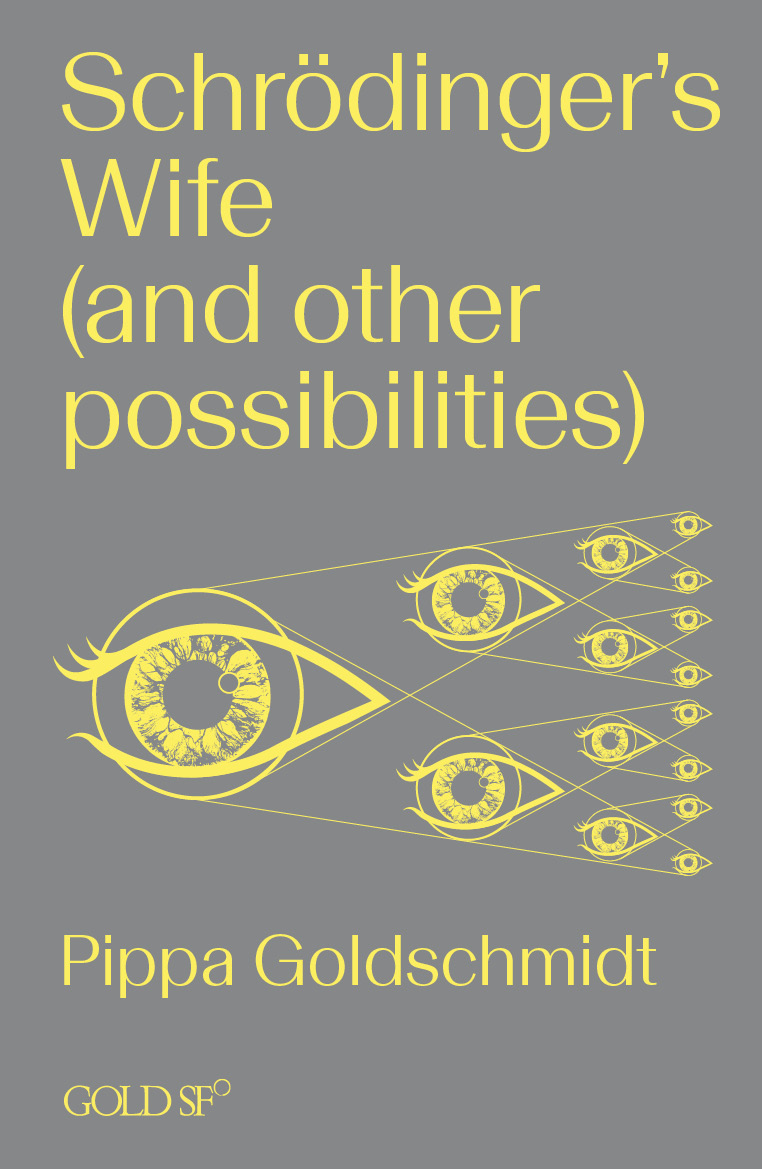Schrodinger's Wife (and Other Possibilities)
Pippa Goldschmidt
Publication
Shortlisted for Best Collection in The British Science Fiction Association Awards
The lives of people (mostly women) who help to produce science or who are affected by it.
The stories in Schrödinger's Wife (and Other Possibilities) travel through laboratories, observatories, rockets, hotel rooms, hospitals, out to the Antarctic and into outer space, following the trails of women scientists, technicians, patients, doctors, and spouses in their encounters with some of the most extraordinary aspects of modern science.
In these science-inspired tales the nuclear physicist Lise Meitner discovers the secrets of nuclear fission while fleeing from the Nazis. An employee in the underground laboratory CERN refuses to have her own photo taken. The biologist Margaret Bastock must figure our the impact of genes on behavior while coping with post-war expectations of women's own behavior. Scientists from East and West Germany stationed at opposite sides of Antarctica experience their own fall of the Berlin Wall. The elusive physicist Bruno Pontecorvo theorizes about an equally elusive particle. Schrödinger's wife Anny uses his theory to get her revenge on her philandering husband. A scientific theory worries about being discovered by a woman, and a resident in a special institution extrapolates the history of the universe from a piece of toast.
In this, her second collection of short stories, Pippa Goldschmidt explores the lives of real and imaginary scientists, focusing on the human emotions and social connections behind the discoveries.
The ambiguous nature of light and matter is the epicenter of Pippa Goldschmidt's delightfully quirky new collection. Zigzagging across a century of history, from the first world war to the devastated Anthropocene Earth, these stories subvert the glamorous masculine mythos and hubris of twentieth century physics and twenty-first century Mars exploration. Playfully innovative in structure and voice, they are also a lot of fun to read.
In her laboratory of words, Pippa Goldschmidt mixes science with stories to create fictions inspired by people and creatures both real and imagined. From the Mars rover to lab mice and the fickle nature of love—and with a particular interest in often brilliant women pushed to the margins and denied a voice—Goldschmidt invites us to expand our minds from what we thought was possible in order to see our world in new ways.
